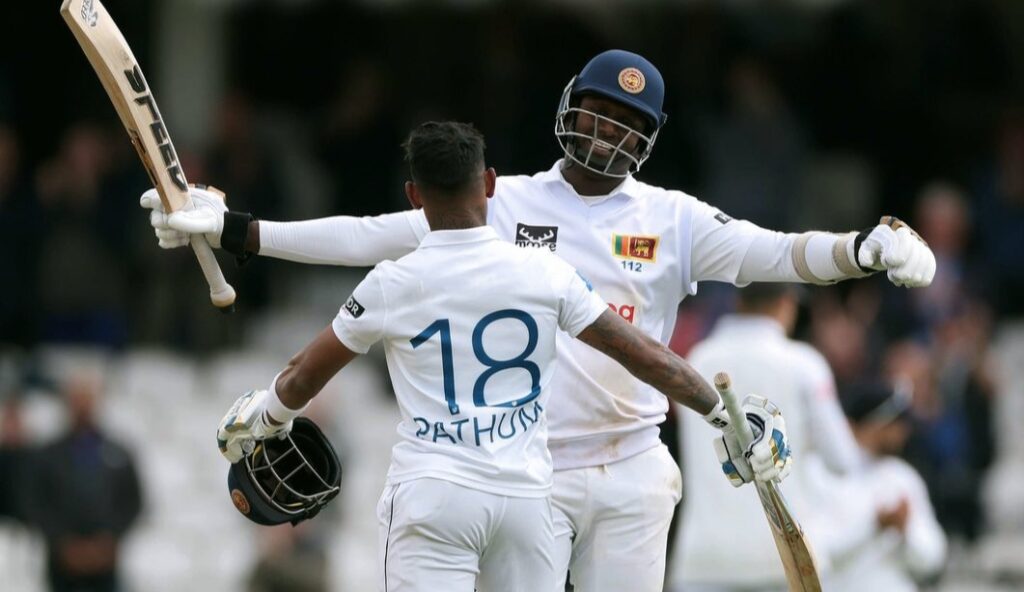If Test cricket is often caught in an identity crisis, then Sri Lanka is like a fleet of trishaws honking at the SUV blocking their path, demanding attention. This is how Sri Lanka’s men’s Test team often sees itself—perpetual underdogs, battling against larger, more powerful forces that seem beyond their control. And it’s understandable. Their Test schedule is largely dictated by when other teams agree to play them. Despite a clear desire for more Test matches, Sri Lanka’s cricket board struggles to organize a packed calendar. Still, they’ve shown a genuine commitment by hosting teams like Afghanistan and Ireland in the last 18 months. But Sri Lanka is a small nation of 22 million people, with an economy that has struggled since 2021, limiting their financial leverage with broadcasters. For fans in the cricketing powerhouses of England, Australia, and India, Sri Lanka often doesn’t register as a serious threat. That makes every major tour a test of their standing. Can they adapt to unfamiliar conditions? And if they can’t defeat dominant teams like England, can they at least hold their ground?

This series—Sri Lanka’s first three-Test tour in six years—was their debut in England’s prime summer months of August and September. There’s always pressure when facing a swinging ball with eager slip fielders waiting for the edge. But this time, the weight was different. Failure here could mean future opportunities slip away.
Sri Lanka struggled on day one at The Oval, as England comfortably reached 221 for 3 by stumps. Although Sri Lanka wrapped up England’s innings quickly on day two, they found themselves teetering at 93 for 5 in response to England’s total of 325, staring down the barrel of a 3-0 series defeat. But Sri Lanka is no stranger to remarkable comebacks. On day three, their pace attack stunned England, delivering a performance that will be remembered in Sri Lankan cricket history. Pathum Nissanka’s calm and composed 127 from 124 balls drew comparisons to legendary innings by Sanath Jayasuriya and Aravinda de Silva at The Oval in 1998. Asitha Fernando, the series’ leading wicket-taker, may not have the height or raw speed typically associated with fast bowlers from teams like England, but his 17 wickets in the series showed undeniable quality.
Test cricket cannot afford to overlook talents like Fernando. Or Kamindu Mendis, who, in his debut series in England, scored two half-centuries and a century, finishing with an average of 53.40 and a strike rate close to 63. And then there’s Nissanka, once Sri Lanka’s top first-class batting prospect. After a detour through white-ball formats, he returned to Test cricket as a fearless, innovative opener.
One victory won’t change everything. But it should remind the cricketing world that Test cricket is about more than scoring rates and aggressive batting. It’s about teams like Sri Lanka, who bring unique stories and thrilling performances. To safeguard the future of Test cricket, the narrative must expand beyond the familiar series like The Ashes or India vs. England. There’s a world of cricket out there—full of passion, potential, and performances that deserve recognition.
